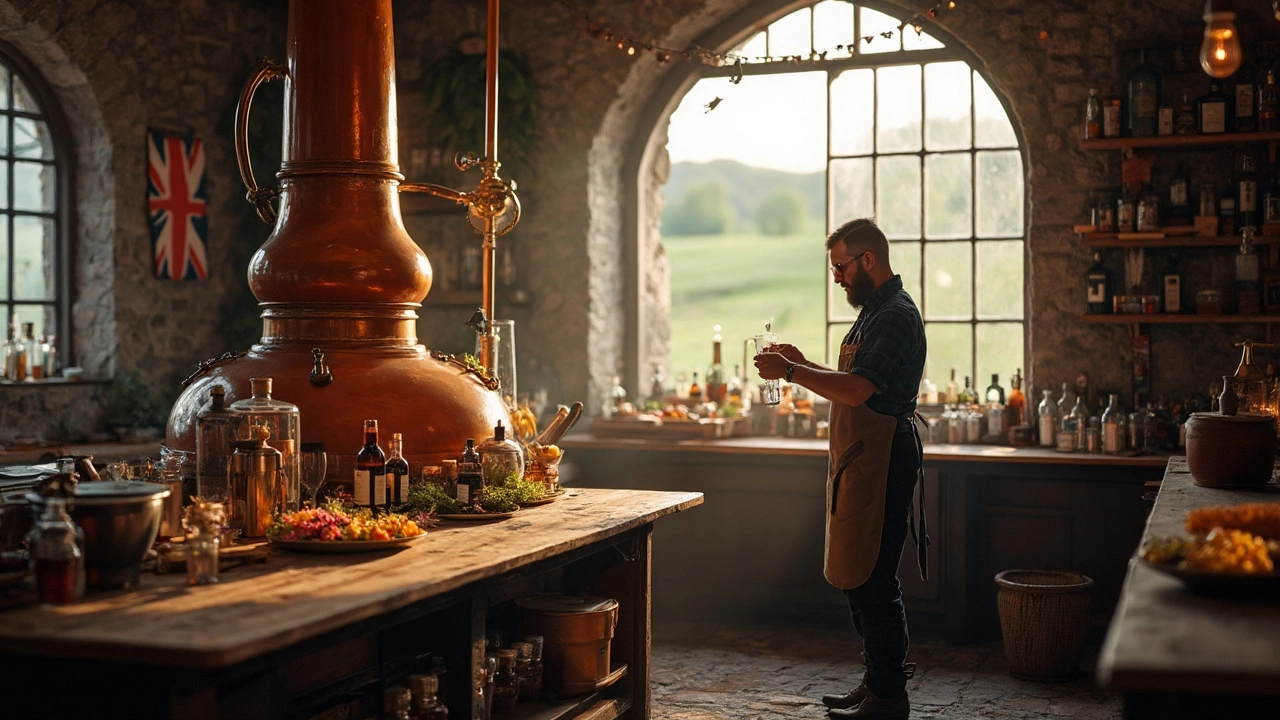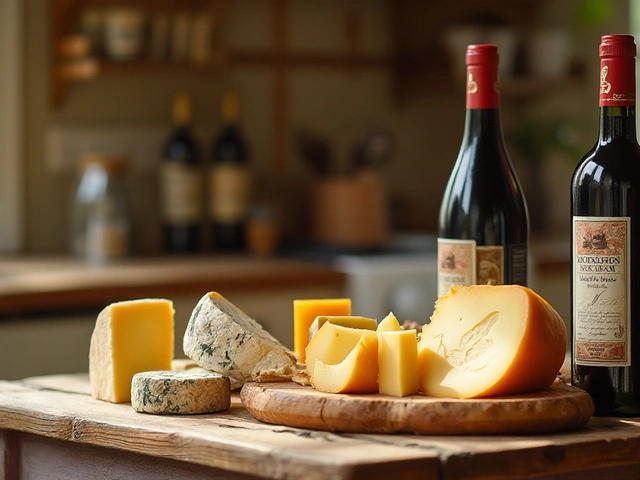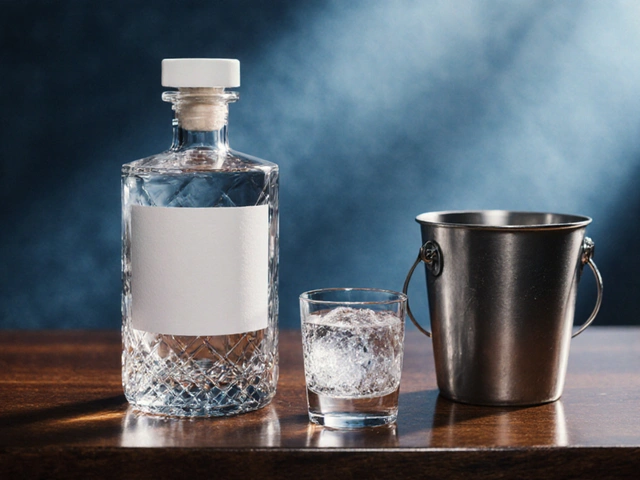Craft Spirits: Your Go‑To Guide for Small‑Batch Liquor Lovers
Ever wondered why a bottle with a quirky label and a story behind it tastes different? That’s the magic of craft spirits. They’re made in small batches, often by people who love the process as much as the product. No huge corporate factories, just passion, local ingredients, and a lot of experiment.
What Makes a Spirit “Craft”?
First off, size matters. A craft distillery usually produces less than a million cases a year. That lower volume lets them tweak recipes, try unconventional grains, or even age in odd barrels like bourbon or wine casks. Second, they focus on transparency. You’ll see the grain source, water type, and even the exact proof on the label. Finally, there’s a story. Whether it’s a family recipe passed down for generations or a brewer who swapped their day job for a copper still, the narrative adds flavor before you even sip.
Because of these factors, craft spirits often have more distinct aromas and flavors. A gin might be infused with locally foraged botanicals, a whiskey could be finished in sherry barrels, and a rum may use sugarcane grown on a single farm. That variety is why you’ll notice a bigger gap between “craft” and “mass‑market” compared to, say, beer.
How to Taste and Enjoy Craft Spirits
Start with a clean glass – a small tasting glass or even a rocks tumbler works. Swirl gently, then bring it to your nose. Take a quick sniff, then pause and think about what you smell: citrus, spice, wood, fruit? Take a small sip and let it coat your tongue. Notice the mouthfeel – is it silky, oily, or a bit sharp?
Don’t rush. Let the spirit open up for a minute or two; many craft drinks reveal hidden notes after a short rest. If you’re new to a spirit, try it neat first, then experiment with a splash of water or an ice cube. The slight dilution can unlock flavors that were muted by the alcohol.
Pairings are a fun way to explore. A smoky rye works great with dark chocolate, while a floral gin shines alongside fresh oysters or a light cheese plate. For bourbon finished in wine barrels, think roasted nuts or a charred steak. The key is to match intensity – bold spirits with bold foods, delicate ones with subtle bites.
If you’re hunting for your next bottle, visit local distilleries or specialty liquor stores. Many retailers now have a “craft corner” featuring regional producers. Ask the staff what’s new; they often know which limited releases are worth trying.
And don’t forget the community. Online forums, tasting events, and even Instagram can introduce you to hidden gems. One of our readers discovered a micro‑distilled gin made from locally foraged rosemary – a flavor you won’t find in a big‑brand shelf.
Bottom line: craft spirits let you travel the world without leaving your couch. Each bottle is a tiny adventure, packed with the maker’s personality. So grab a glass, pick a bottle that catches your eye, and start tasting. You’ll quickly see why more drink lovers are swapping mass‑produced liquor for the vibrant, story‑filled world of craft spirits.
Ever wondered why Hendrick's Gin costs so much more than the usual bottle on the shelf? This article breaks down the real reasons behind that higher price tag. From production quirks and rare botanicals to small-scale distilling and killer distillery tours, there’s more to it than meets the eye. For gin fans and curious drinkers alike, you’ll get the practical scoop on what’s driving the cost. Plus, you’ll find smart tips for getting your money’s worth when visiting Hendrick’s or stocking your own bar.
View Details

